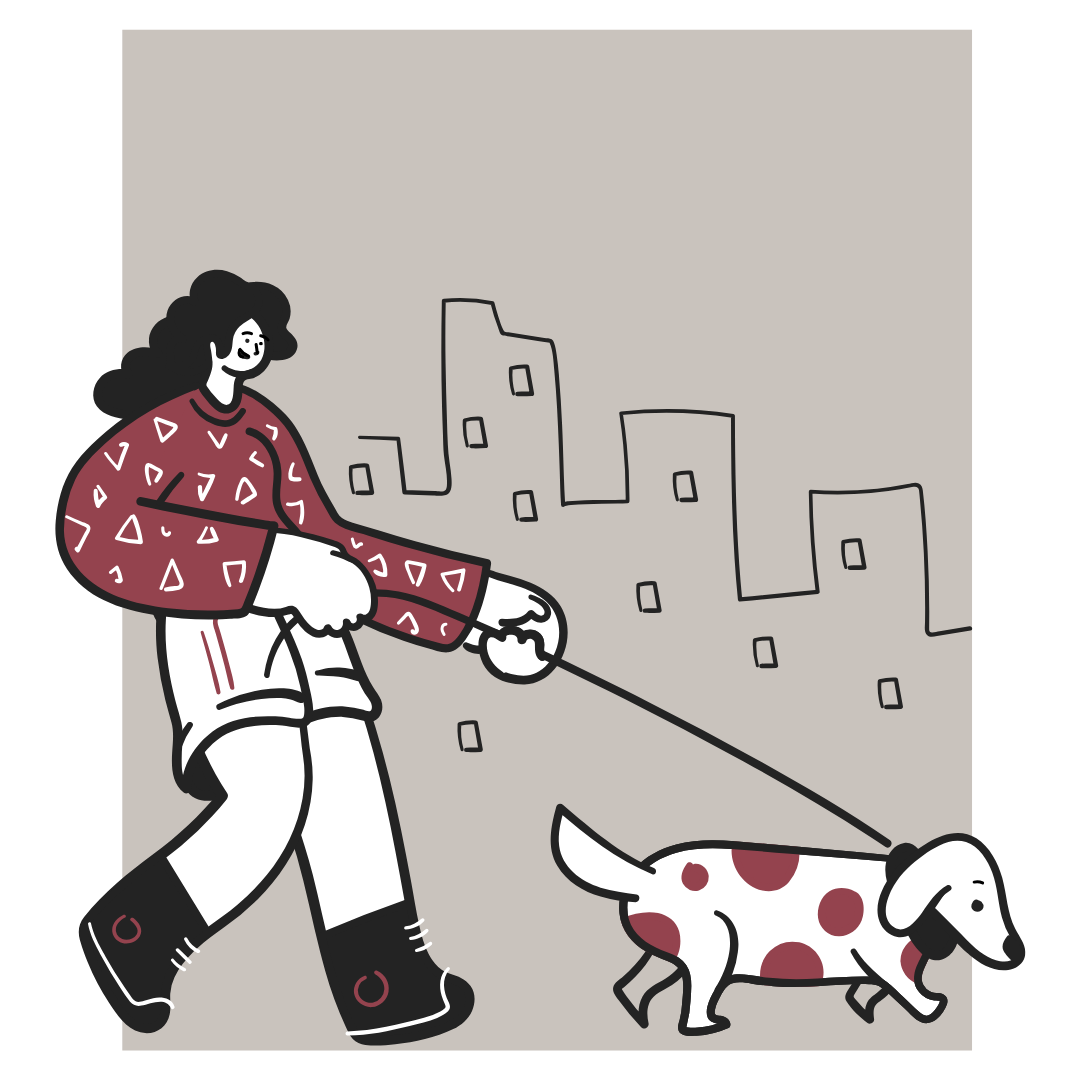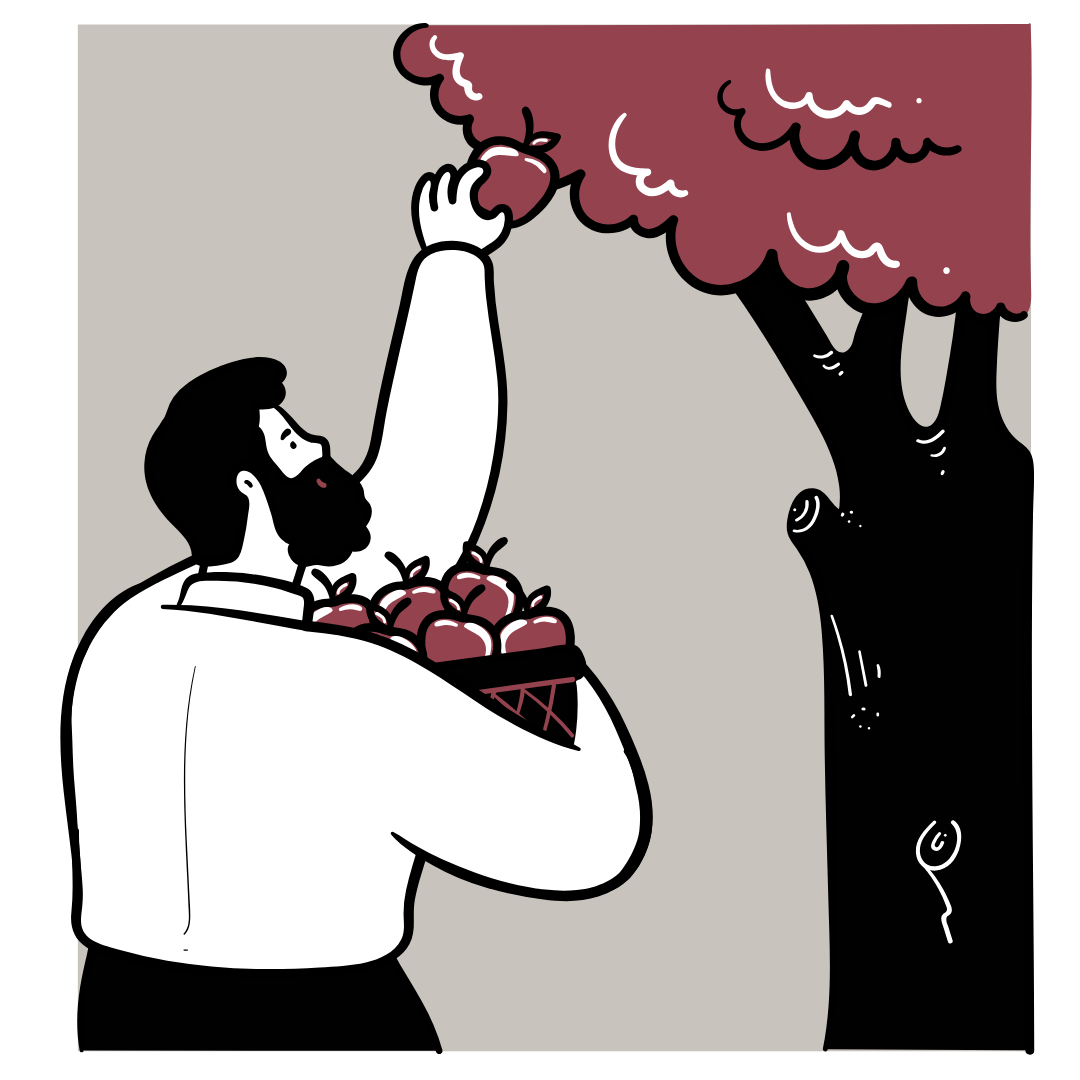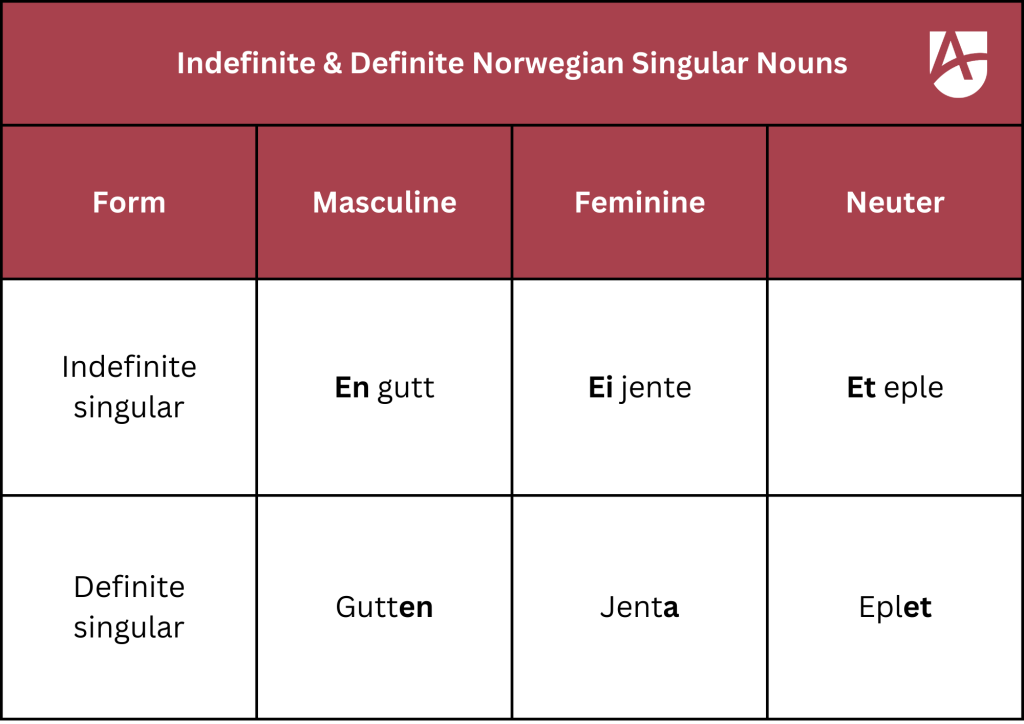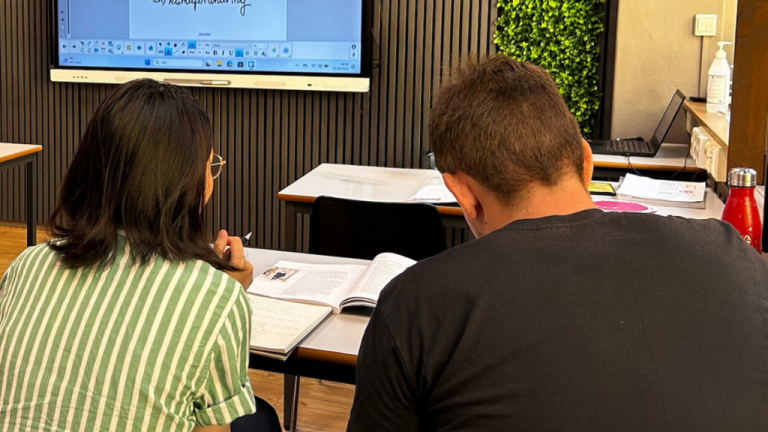Norwegian Definite and Indefinite Articles

Embarking on the exciting journey of learning Norwegian? Welcome aboard! While it’s a fun and enriching experience, it’s no secret that it comes with its own set of challenges, especially when it comes to mastering grammar. A crucial part of understanding Norwegian, or any language for that matter, lies in getting the hang of using articles correctly.
In this blog post, we’re going to take a close look at these articles, breaking them down into bite-sized, easy-to-understand pieces. Not only will we explore the rules, but we’ll also dive into some handy tips and insights to guide you on your language learning path. So, whether you’re a beginner or just looking to brush up on your skills, there’s something here for every eager learner. Let’s get started on making you a pro in Norwegian articles!
The Three Grammatical Genders in Norwegian
Norwegian, like many other languages, have the distinct feature that nouns are divided into three grammatical genders – masculine, feminine, and neuter. This gender system is vital in forming sentences and making agreements in the language. Each gender has its own articles, pronouns, and adjective forms, which adds a layer of complexity to Norwegian grammar. It’s crucial to understand and apply these genders correctly for clear communication and to truly master Norwegian, making it an interesting and rewarding area of study for language learners.
Figuring out a noun’s gender in Norwegian can be tricky because there are many exceptions to the rules. However, a useful tip is to learn nouns along with their corresponding articles right from the beginning. This approach not only helps you use the nouns correctly but also makes it easier to remember their gender. That’s why at Alfaskolen, we teach Norwegian in a fully immersive environment. From day one, you’ll hear and use nouns in both their definite and indefinite forms, helping you understand how they interact with other parts of speech like pronouns and adjectives.

The Norwegian Indefinite Article
In the rich tapestry of the Norwegian language, three pivotal indefinite articles – “en,” “ei,” and “et” – weave a fundamental layer, each playing a vital role in determining the gender and number of nouns. Let’s delve a bit deeper into each one:
- “En”: Exclusively used with masculine nouns when they are in a singular form.
- For instance, consider “en gutt,” which translates to “a boy.”
- “Ei”: This is utilized with feminine nouns, again in their singular form.
- An example to ponder upon would be “ei jente,” meaning “a girl.”
- “Et”: Applied to neuter nouns in singular form.
- A practical example is “et eple,” translating to “an apple.”
These articles mirror the functionality of the English indefinite articles “a” and “an,” acting as unspecific identifiers of nouns, meaning the noun isn’t referring to something specific or previously mentioned.
Understanding the use of ‘en’ and ‘ei’ in Norwegian can be nuanced, especially since dialects and individual preferences come into play. Traditionally, ‘en’ pairs with masculine nouns and ‘ei’ with feminine ones, but there are exceptions. For example, the Oslo dialect often uses ‘en’ for both masculine and feminine nouns, simplifying the language in casual settings. While it’s essential to stick to traditional rules when you’re first learning, getting to know these variations is valuable. It gives you a broader understanding and flexibility when talking with native speakers or in informal discussions.
Want to sound like a local? Try our conversation courses or our free språkkafé!
When to Use the Indefinite Article

In the Norwegian language, the indefinite article, whether it’s “en” for masculine nouns, “ei” for feminine, or “et” for neuter, has a versatile role in various linguistic scenarios. Let’s explore a few instances:
- Introduction or first mention: It appears when something is introduced or mentioned for the first time, gently steering us towards specificity.
- Example: “Jeg har en bok” (I have a book).
- Expressing general ideas: It serves to convey a general or non-specific concept, adding a broad stroke to our expressions.
- Example: “En hund er et kjæledyr” (A dog is a pet).
- Expressing desires: The indefinite article comes into play when expressing wants or desires, offering a means to specify our needs.
- Example: “Jeg har lyst på en kopp kaffe” (I want a cup of coffee).
- Exclamatory statements: It also finds a place in exclamatory sentences, enhancing our expressions with emphasis.
- Example: “For en flott dag!” (What a beautiful day!).
Navigating through these varied contexts with the indefinite article enriches our expression, providing specificity, generality, and emphasis where needed, and thus, mastering its use becomes pivotal in achieving fluency in Norwegian.

The Norwegian Definite Article

In Norwegian, the definite articles “den,” “det,” and “de” are crucial in identifying and specifying nouns, playing a somewhat different role than their English equivalent “the.” Let’s explore each one:
- “Den”: Used with both masculine and feminine nouns in singular form.
- Example: “den mannen” means “the man.”
- “Det”: Applied to neuter nouns in singular form.
- Example: “det treet” translates to “the tree.”
- “De”: Used with plural nouns of all genders.
- Example: “de eplene” means “the apples.”
These articles help point out that the noun being referred to is specific and identifiable. However, it’s important to note that the use of these definite articles in Norwegian has some variations compared to the English “the”. It is therefore crucial not to simply translate everything from English to Norwegian, as it frequently results in errors. Instead, it’s better to grasp the rules in the language itself. At Alfaskolen, we avoid translating to other languages to prevent these errors.
Demonstrative pronouns
Interestingly, “den,” “det,” and “de” in Norwegian also wear a second hat as demonstrative pronouns, transforming into “that one” or “the one” in English when the context or additional information indicates they are pointing to specific objects or entities.
- For example, “Den boken” can also mean “that book,” “Det huset” can imply “that house,” and “De blomstene” can be interpreted as “those flowers.”
In a nutshell, while these words mainly act as definite articles to signal specificity, they can smoothly transition to demonstratives when the context demands a demonstrative intention. This dual role enriches the linguistic texture of Norwegian, offering a nuanced means of expression and specificity.
Having a hard time with the grammatical terms? Check out one of Alfaskolen’s grammar courses to become a pro!
When to Use the Norwegian Definite Article
In the Norwegian language, the definite articles “den,” “det,” and “de” parallel the English “the,” albeit with less frequent usage. This is attributed to the Norwegian tendency to use suffixes to denote specificity in nouns, with the suffix varying based on the noun’s gender and number. For instance, in bokmål, one of Norwegian’s two official written forms:
- You might append “-en” to a masculine singular noun like “bil” (car), resulting in “bilen” (the car).
- For feminine nouns like “bok” (book), “-a” might be added, forming “boka” (the book).
- Neuter singular nouns like “hus” (house) might take “-et,” becoming “huset” (the house).
These definite articles become particularly relevant when a noun is accompanied by an adjective. For example:
- “Den store boken” translates to “The big book,” where “den” highlights the specific book discussed.
- “Det vakre huset” means “The beautiful house,” with “det” identifying the particular house being admired.
- In the case of plural nouns, “de” is utilized, as in “de små barna” (the small children), emphasizing their diminutive size.

In these contexts, definite articles serve to specify and underscore the particular noun in focus, aligning with the English “the” and enhancing expression clarity.
Moreover, in Norwegian, “den” (masculine singular), “det” (neuter singular), and “de” (plural) also function as demonstratives to indicate distance. They express “that” and refer to objects that are farther away. For example:
- “se på den bilen” translates to “look at that car,”
- “jeg bodde i det huset på hjørnet” means “I lived in that house on the corner,” and
- “kan du hente de bøkene” can be understood as “can you grab those books.”
This dual functionality of acting as both definite articles and demonstratives enriches the expressive capability of the Norwegian language, allowing for nuanced specificity and distinction in communication.
Mastering Norwegian Grammatical Genders: Tips for Success
Embarking on the journey to learn the three grammatical genders in Norwegian is a pivotal step towards achieving grammatical proficiency in the language. While it might appear intimidating at first, there are practical strategies available to assist learners in navigating this linguistic element.
- Memorization: A fundamental step involves memorizing the gender of nouns since there are no rigid rules dictating a noun’s gender. A handy tip is to consistently jot down a new noun along with its corresponding definite article (for example, “en bil” for masculine, “et hus” for neuter, “ei bok” for feminine) upon encountering it. This habit fortifies the noun’s gender in memory and aids in retention.
- Grouping: Categorizing nouns according to their gender can facilitate pattern recognition, easing the learning curve.
- Language Exposure: Immersing oneself in the language by reading, listening, and engaging in conversations with native speakers proves to be immensely advantageous. Gradually, learners will instinctively discern the appropriate gender through contextual understanding and familiarity.
- Utilizing Resources: Online platforms, textbooks, and language courses frequently offer lists of prevalent nouns along with their respective genders, serving as valuable aids in learners’ studies.
If you’re interested in different approaches to learning grammar, check out our blog about the multisensory approach!

At Alfaskolen we provide students with the fundamentals for understanding and using grammatical genders and articles correctly by providing a fully immersive Norwegian environment. Yet, it is up to you as a learner to keep practicing and providing context to what you’re learning in the classroom!
Tags:


